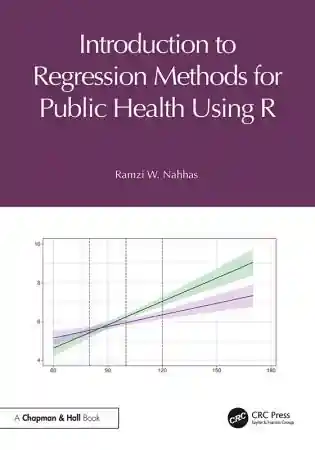
How to Be a Researcher: A strategic guide for academic success, 2nd Edition
- Length: 174 pages
- Edition: 2
- Language: English
- Publisher: Routledge
- Publication Date: 2015-10-03
- ISBN-10: 1138917311
- ISBN-13: 9781138917316
- Sales Rank: #1699245 (See Top 100 Books)
How to be a Researcher provides a strategic guide to the conduct of a successful research career within a university environment. Based on the author’s extensive personal experience, it offers down-to-earth advice, philosophical guidance, and discussions of the political context of academic research.
This is not a research methods book, and the topics it covers are rarely discussed elsewhere. The bulk of the book provides practical advice on the development of essential skills and strategic approaches, covering questions such as:
- how to decide which topics to work on
- how to read and review literature
- how to develop theory
- how to integrate research and teaching activity
- how to approach research design
- how to obtain and manage research funding
- how to collaborate and supervise effectively
- how to write up your research, and
- how to secure the best sources of publication.
The final part of the book considers the philosophy and psychology of research work and includes an exploration of the cognitive biases which may affect researchers.
How to be a Researcher
will be particularly useful for masters and doctoral students in the behavioral and social sciences, and also for early career academics developing research within a university career.
Table of Contents
Part one: Advice
Chapter 1 Scholarship and the origin of ideas
Chapter 2 Research and teaching
Chapter 3 Designing empirical studies
Chapter 4 Research funding
Chapter 5 Developing and testing theories
Chapter 6 Collaboration and supervision
Chapter 7 Communication of research
Part two: Philosophy and psychology of research
Chapter 8 Hypothesis testing and reasoning
Chapter 9 Statistical inference







